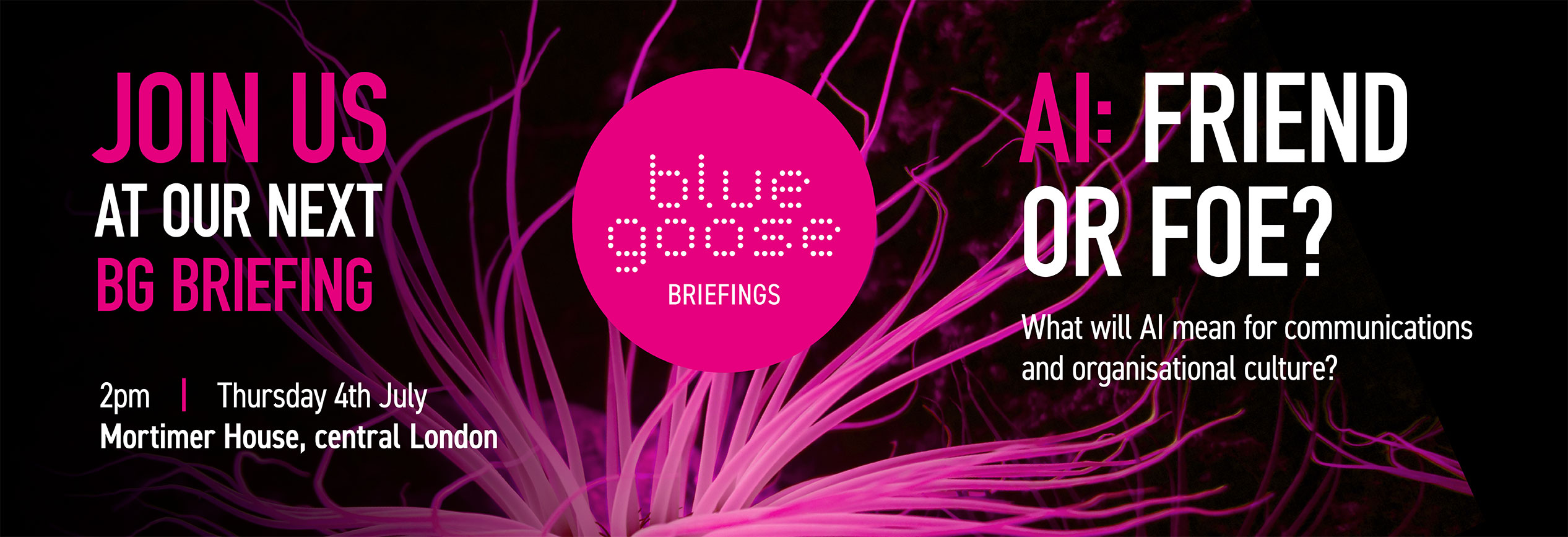For the first year ever, an electrical vehicle is the UK’s most popular new car – the Tesla’s Model 3 taking the accolade in September this year.
As 70% of all new purchased cars are company-cars, it’s cast-iron evidence that government business incentives are effective.
But it brings to mind a broader issue. On the back of Cop 26, to what extent will an employers’ green credentials be actively used to influence the decisions of the talent market?
While purpose, work-life balance and wellbeing are well-established alongside pay and benefits as the main pre-occupations on both an employees’ decision on where to work and an employee’s decision on how to attract them, could workplace ‘footprint’ become a primary concern on both sides of the fence. And how might that manifest itself?
Well, ideally, with a review of the emissions and performance of the organisation as a whole. As McDonald’s sets a net-zero emissions target for 2040 and scores of other organisations are doing similar, any conscientious employee may well be checking the direction a potential employer is setting.
Beyond that, it’s where the broader employer value proposition might come in. To move beyond evidence of structural changes to something directly connected to the employee ‘offer’.
How about an organisations’ stance on recycling? Their attitude to overseas business travel? If and how pension contributions are being invested in green energy?
It might even be as prosaic as the workplace canteen. We’re 17% of the way to achieving the 30% target Cop26 reduction in meat consumption. The office catering plan could certainly play a part in pushing that further.
This is all before we even get to the subject of the company car.
While there are any number of ways an organisation can display its green credentials, putting these front and centre in an EVP could well be the next step in effective talent attraction.
Alternatively, and more directly, it might just be the promise of a new Tesla.



